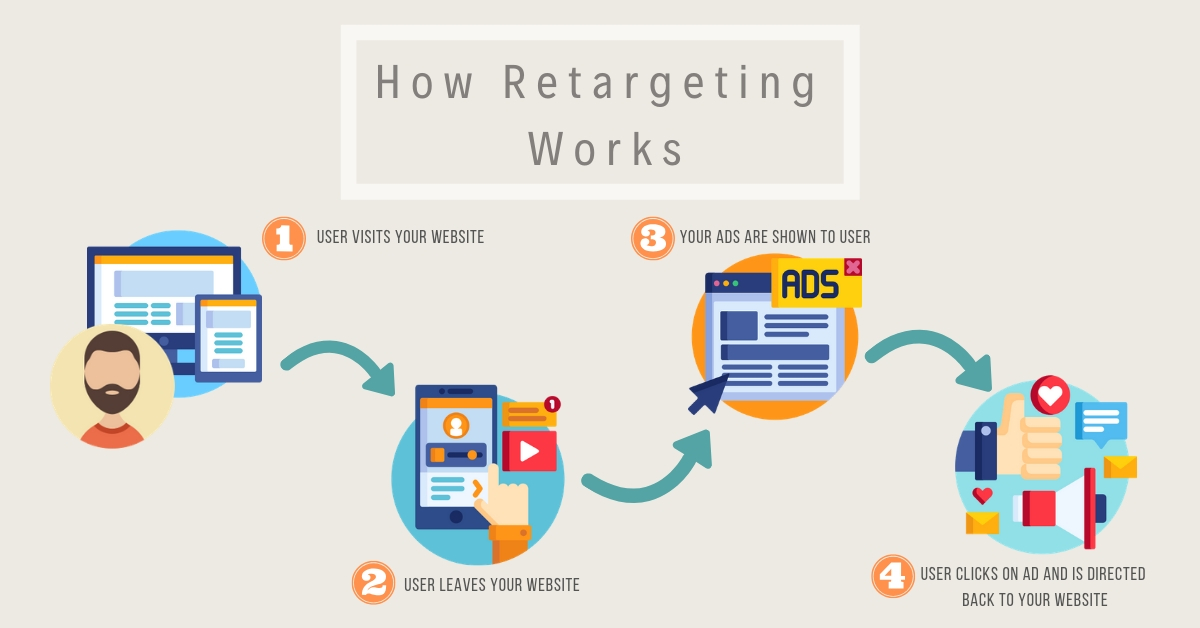In 2025, attention is currency—and landing pages are where you either earn or lose it. Every element must do one thing: drive action. Whether you’re collecting leads, booking demos, or closing direct sales, these are the seven non-negotiables for high-converting landing pages, built on the most trusted research and best practices available.
1. A Singular, Unmistakable Goal
The highest-performing landing pages are laser-focused. One page, one objective. Multiple CTAs, split offers, or competing messages fracture attention and tank conversions.
According to the Nielsen Norman Group, minimizing cognitive load is critical for persuading users to act—clarity, simplicity, and a single goal are essential for reducing user friction and decision fatigue (Nielsen Norman Group).
2. A Clear, Compelling Value Proposition—Above the Fold
Users decide in seconds whether a page is worth their time. Your value proposition must answer the unspoken question: “Why should I care?” And it needs to do it immediately.
Research from the CXL Institute found that users spend 80% of their time above the fold. Pages that lead with a clear benefit-oriented headline paired with a subheadline or explainer convert significantly better (CXL Institute).
3. Fast, Mobile-First Design
Google reports that 61% of users are unlikely to return to a mobile site they had trouble accessing—and 40% will visit a competitor instead. Page speed and mobile UX are conversion-critical.
Google’s Page Experience update made Core Web Vitals a ranking factor, and they’re just as important for user trust and performance. Optimize for load times under 2 seconds, responsive layouts, and thumb-friendly CTAs (Google Developers).
4. Trust Signals That Actually Build Trust
Trust is earned in milliseconds. Social proof—like verified testimonials, recognizable brand logos, or third-party certifications—adds credibility fast.
A study from Baymard Institute found that 18% of users abandon a checkout flow because they don’t trust the site. Trust badges, SSL indicators, and transparency around security or privacy dramatically reduce friction (Baymard Institute).
5. Minimal Form Fields, Maximum Intent
There’s a direct correlation between the number of form fields and conversion rate. Expedia famously uncovered a $12 million annual loss tied to a single unnecessary field.
Salesforce data shows that reducing form fields from 11 to 4 can increase conversion rates by up to 160%. Collect only what’s essential. Use progressive profiling if needed, but start small (Salesforce).
6. Visual Hierarchy That Directs the Eye
Great design isn’t about decoration—it’s about directing attention. Use visual hierarchy (font weight, color contrast, white space) to make your CTA the focal point of the page.
Eye-tracking studies from the Nielsen Norman Group show that users follow predictable F-shaped and Z-patterns when scanning pages. Design around those paths to guide them from headline to value prop to CTA (Nielsen Norman Group)
7. Continuous A/B Testing and Iteration
There is no final version of a landing page. Brands that commit to ongoing experimentation outperform those that “set and forget.” Test headlines, imagery, CTAs, copy length, button placement—everything.
Harvard Business Review found that companies embracing a “test and learn” culture see up to 5x improvement in marketing effectiveness over time (Harvard Business Review).
Bottom Line
A landing page is not a digital brochure—it’s a conversion machine. And like any high-performance engine, it demands precision. Every pixel, phrase, and form field should be engineered to convert. In 2025, “good enough” won’t cut it. Get in touch with us for landing pages that convertand marketing that drives revenue.




